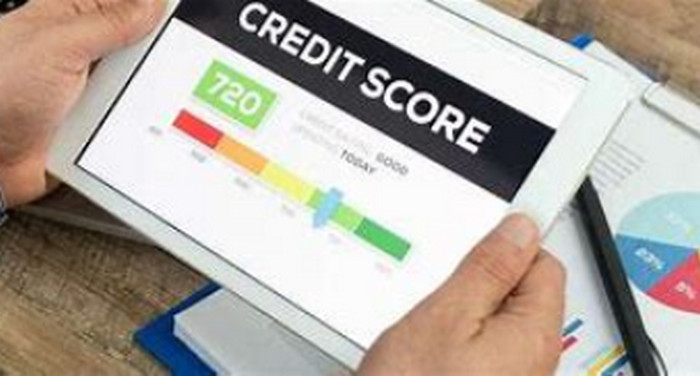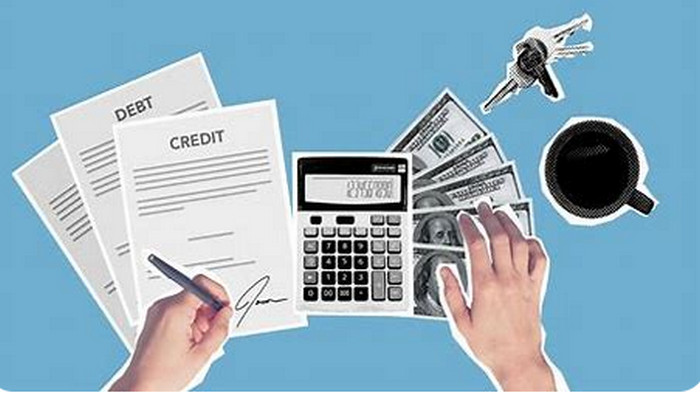To be sure you are who you say you are, lenders must authenticate your identity. Usually, you’ll have to present two different kinds of identification. Acceptable records consist of:
License to drive
The passport
State-issued identification
Card for Social Security
birth certificate
ID from the military
a citizenship certificate
3. Address verification
Lenders will want evidence of address in order to verify your present address. Any official document that has your complete name and address on it, like:
Utility bills (gas, water, and electricity)
Agreement for a lease or rental
Statement of mortgage
a bank statement
receipt for property taxes
4. Evidence of Income
One of the most important factors in evaluating your ability to repay the loan is your income. Documentation proving your income will be needed by lenders, and this could include:
Pay stubs from recently
tax returns, often for the previous two years
W-2 documents
Direct deposits are displayed on bank statements.
A letter of employment verification
Statement of Social Security benefits (if appropriate)
paperwork for child support or alimony (if appropriate)
5. Credit Record
To determine your creditworthiness, lenders will examine your credit history. Although you are not required to submit your credit report, you should be informed that lenders will obtain it as a requirement for your application. To make sure there are no mistakes, it’s a good idea to verify your credit report beforehand.
6. Ratio of Debt to Income
The portion of your income that is allocated to debt repayment each month is known as your debt-to-income (DTI) ratio. This percentage is how lenders assess your capacity to handle further debt. In order to determine your DTI, you might need to supply:
Monthly payments due on debt (loans for cars, credit cards, and education)
Proof of monthly income
7. Loan Objective
Certain lenders might inquire about specifics regarding the loan’s objective. This aids in their comprehension of your intended use of the money and risk assessment. Typical goals consist of:
Consolidation of debt
Improvements for the house
medical costs
large purchases
Journey or getaway
8. Supplementary Records
You might be required to submit further documentation, depending on the lender and your particular circumstances. These might consist of:
Evidence of insurance (for loans with security)
Documentation used as collateral for secured loans
Statements of business finances (if you work for yourself)
Details about the co-signer (if appropriate)
Some Advice for an Easy Application Process
Arrange Your Files: To prevent delays, compile all required paperwork before beginning the application process.
Verify Accuracy: To avoid any problems with your application, make sure all the information is correct and current.
Recognize the Requirements: It’s important to study the exact documentation requirements of each lender as they may have different criteria.
Electronic Submission: You can expedite the process by using the electronic submission option offered by many lenders.
In summary
Applying for a personal loan necessitates thorough planning and arrangement. Obtaining all required paperwork and being aware of the requirements will help you expedite the application process and improve your chances of being accepted. Whether you need a loan for home repair, debt consolidation, or other major needs, being prepared with the necessary documentation can make it easier for you to obtain the money you require.



